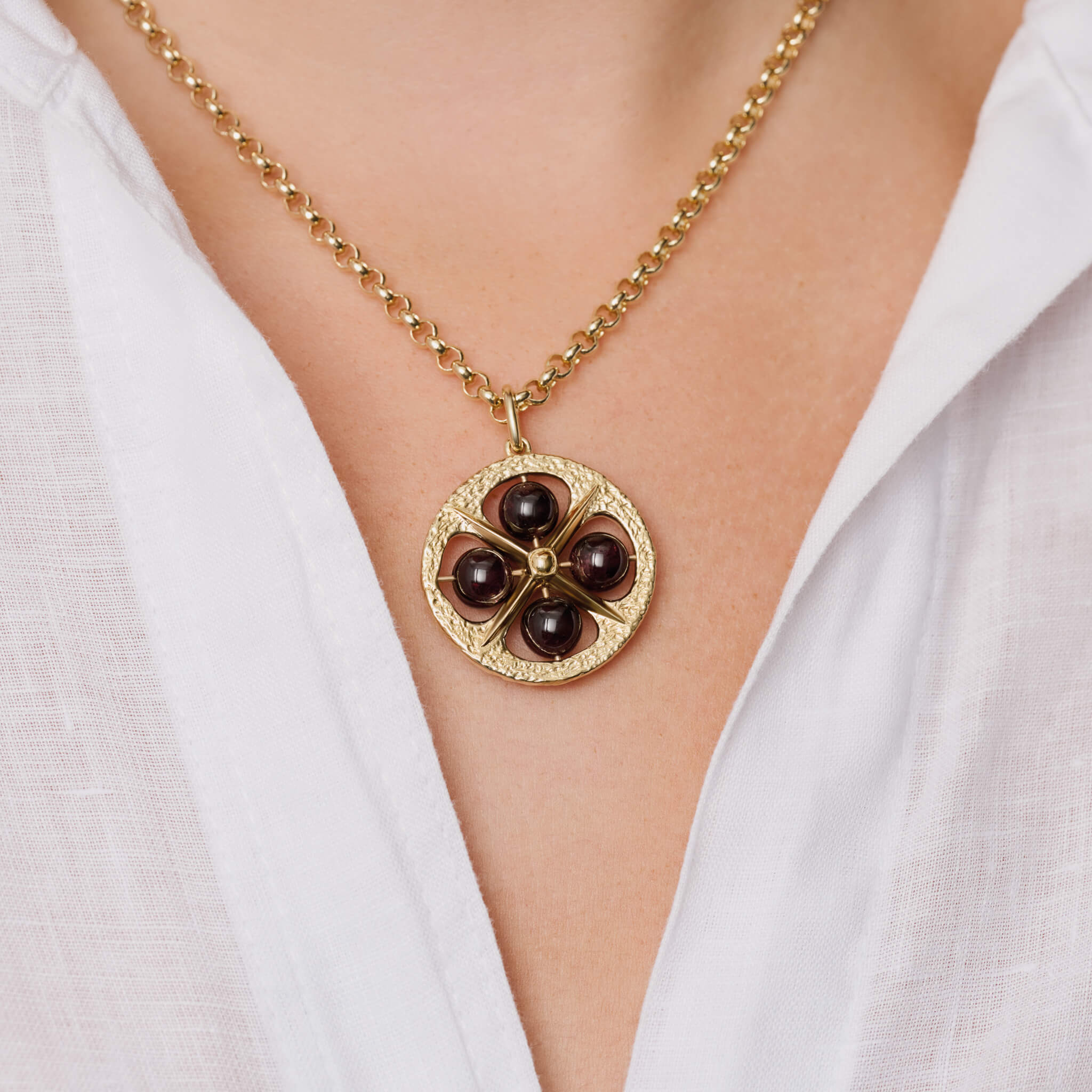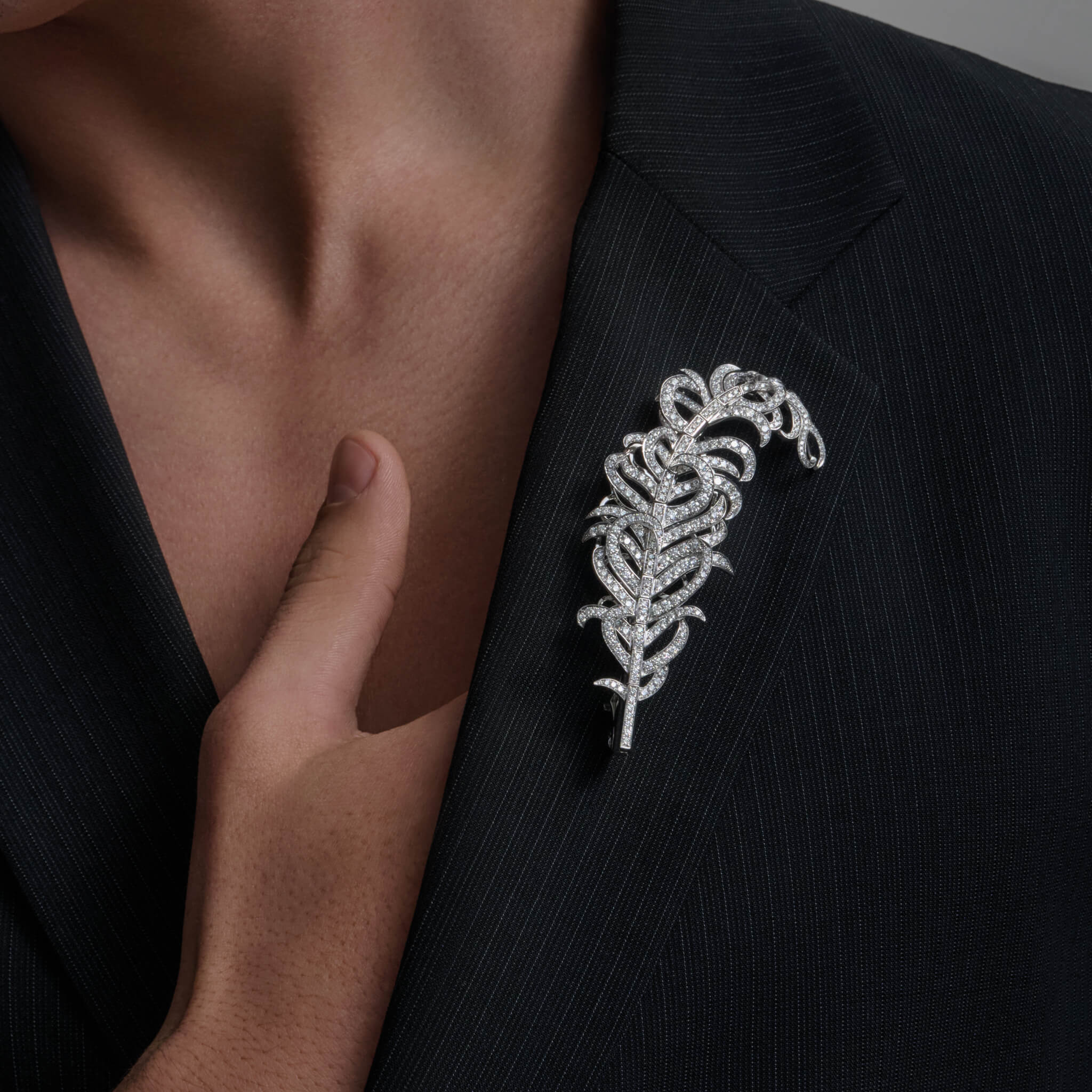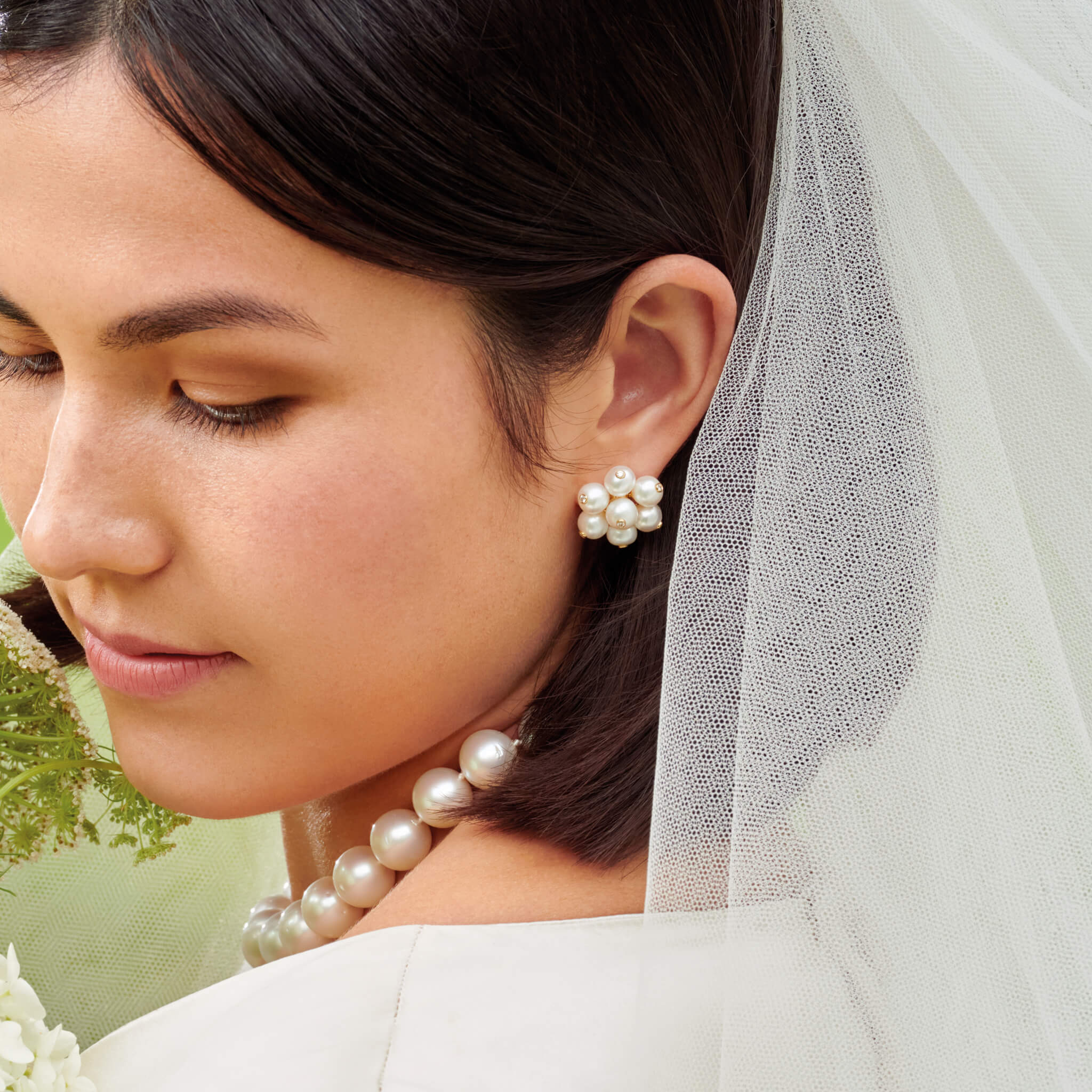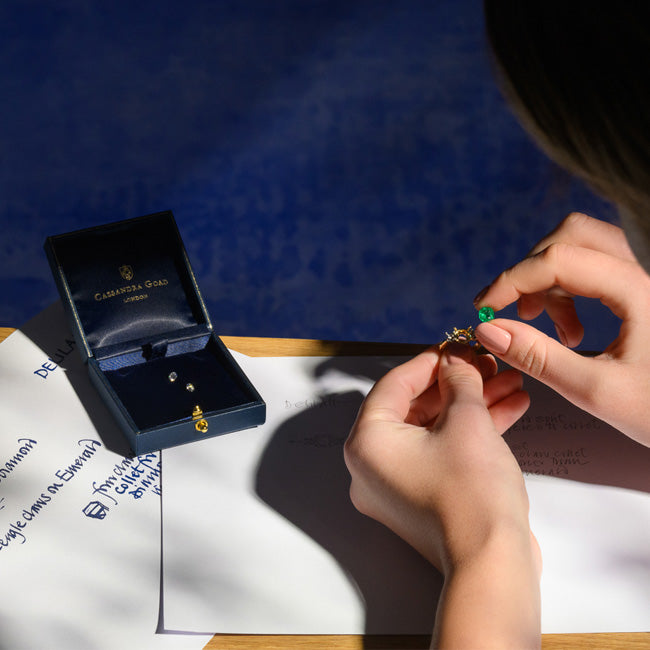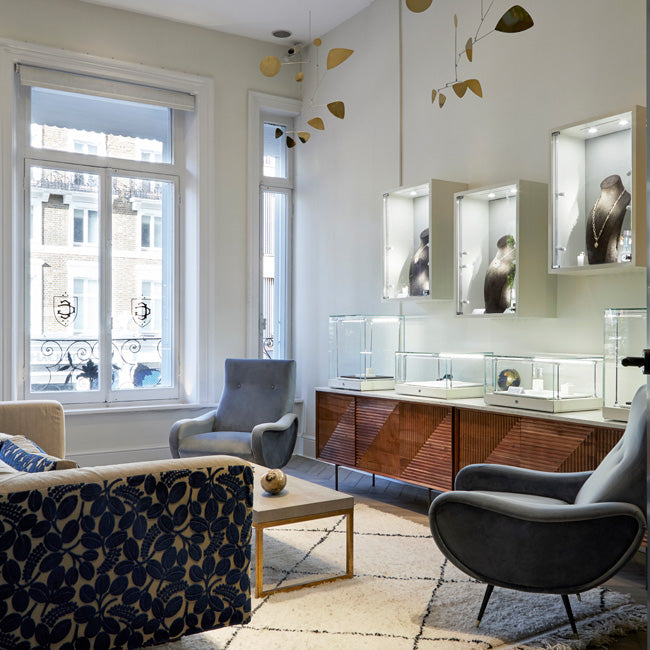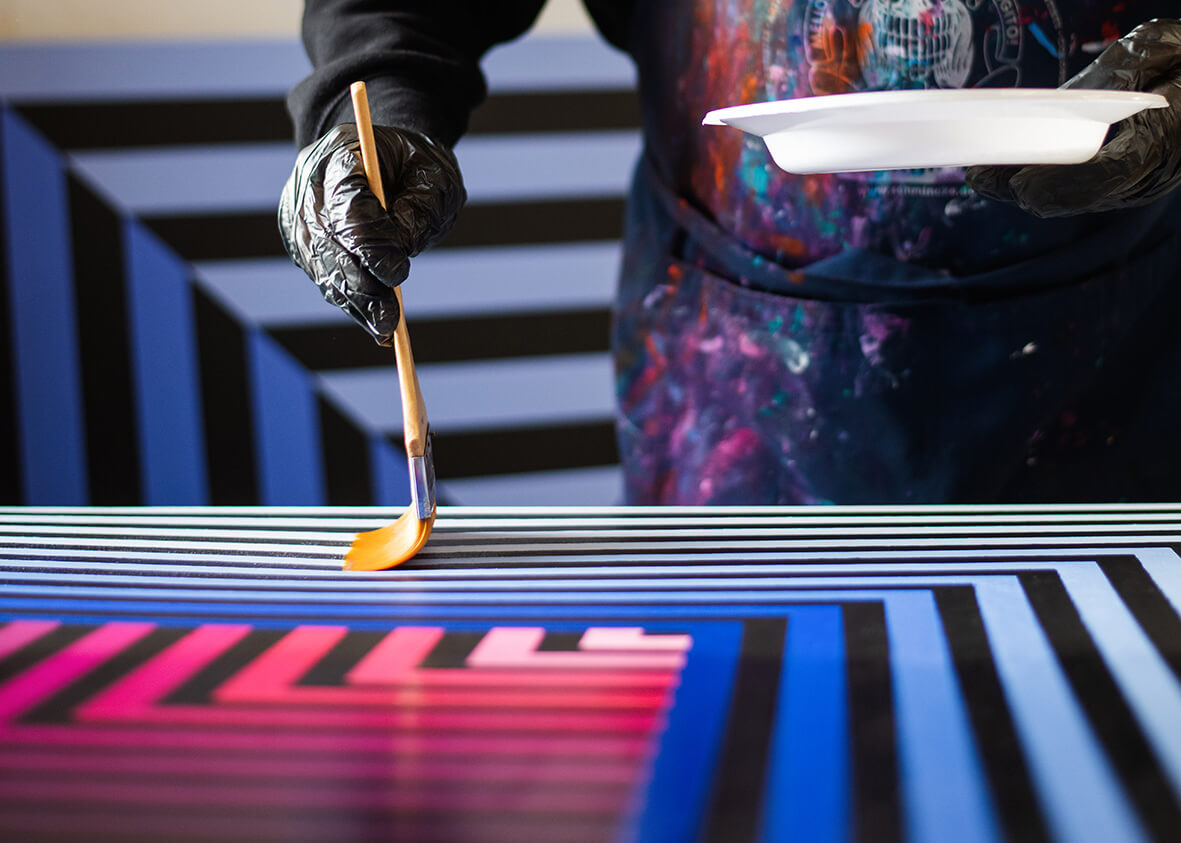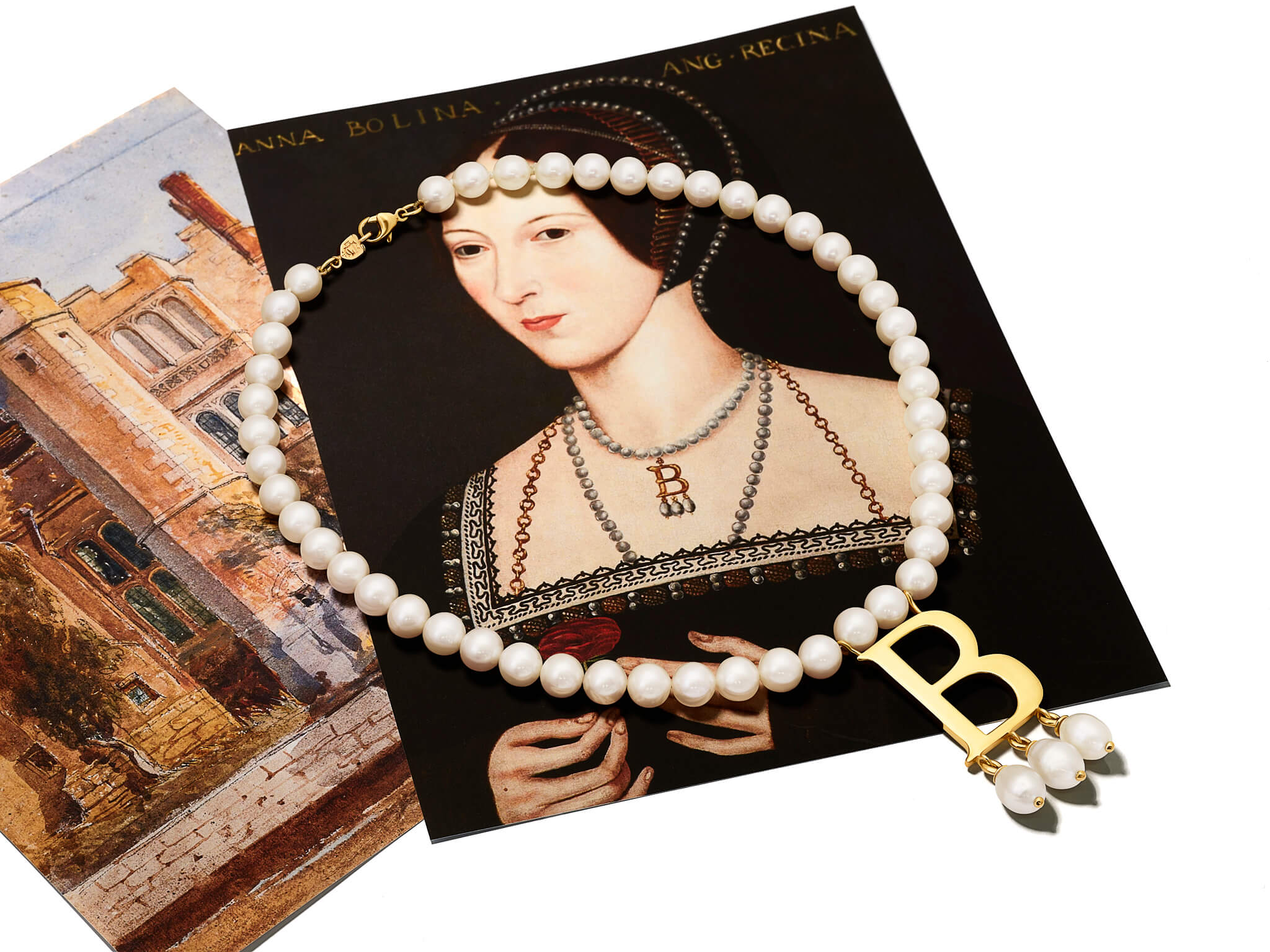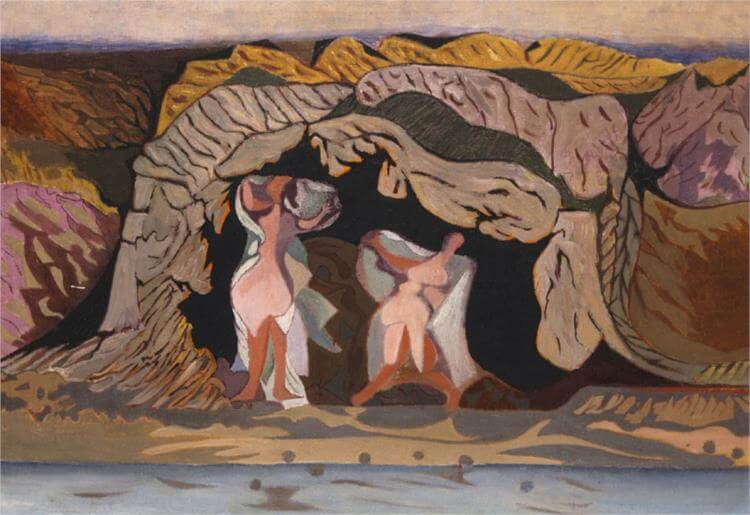
A Cubist in the Aegean: The Art of Nikos Hadjikyriakos-Ghika
A painter, sculptor, engraver, writer, and academic, Nikos Hadjikyriakos-Ghika was a leading figure in 20th-century Greek art, blending the purity of ancient and Byzantine traditions with the radical energy of the European avant-garde.
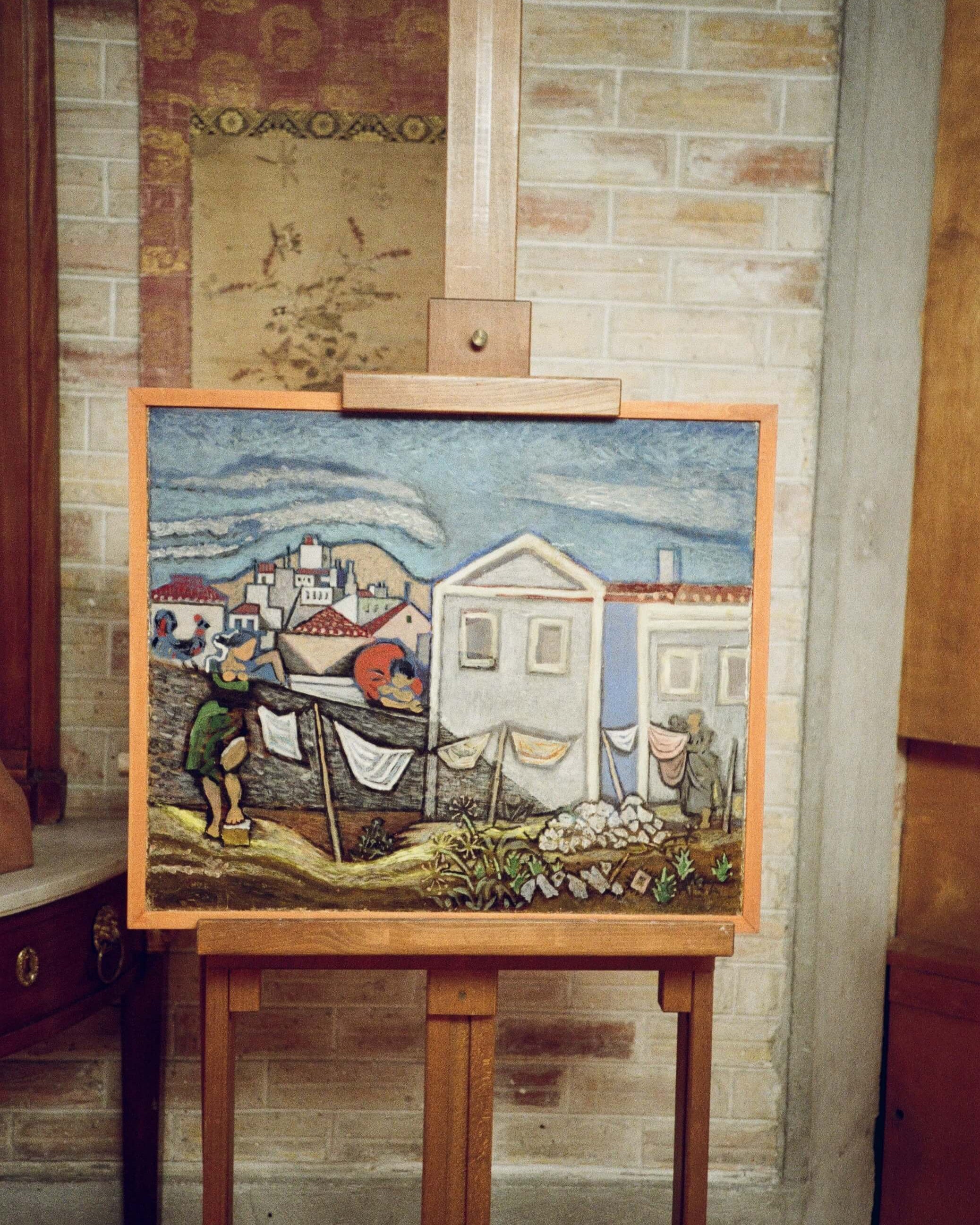
Few artists have captured the kaleidoscopic brilliance of Greece like Nikos Hadjikyriakos-Ghika. As Greece’s foremost Cubist, he reimagined its landscapes; not as romantic vistas, but as interlocking planes of geometry and light, reducing the higgledy-piggledy island villages to their essential forms.
Born in Athens to an aristocratic family, Ghika studied in Paris, where he encountered Picasso and Braque and immersed himself in the artistic movements of the time. But his greatest inspiration remained Greece itself, its piercing sunlight, its sculptural terrain, its timeless architecture. For him, painting was an act of deconstruction, breaking down the Greek landscape into a dynamic harmony of colour and shape. His love of classical Greece was matched by his fascination with folk art and Byzantine iconography, all of which filtered into his work in new and unexpected ways.
‘For Ghika, the Greek landscape was a puzzle of pure form - light fractured into geometry, nature distilled to its essence.’
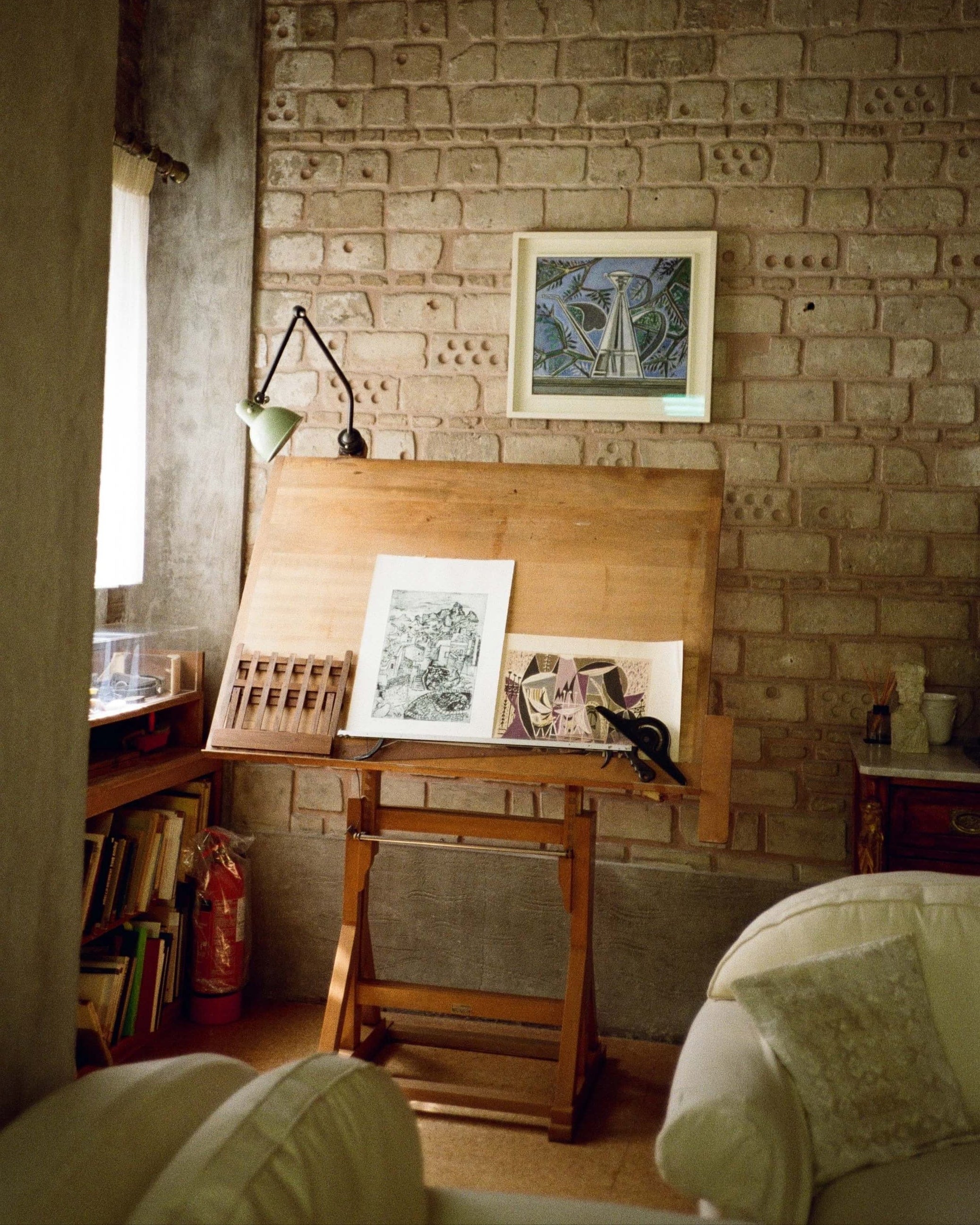
Ghika's Hydra home, which he shared with his wife Barabara Rothschild, became a gathering place for intellectuals and artists, including John Craxton and Patrick Leigh Fermor, who found inspiration in its tranquil setting. It was here, amidst the Aegean light, that modernism and tradition converged, much like the interlocking planes and geometric shapes that defined Ghika’s cubist works. His fascination with deconstructing the Greek landscape into bold, abstract forms extended beyond Greece, influenced by his travels to Japan, India, and South East Asia. His Athens home, now part of the Benaki Museum, offers a rare glimpse into his artistic world, where minimalist architecture and thoughtful design echo the same geometric harmony that Ghika captured on his canvases.
Ghika’s works are held in the National Gallery in Athens, the Musée d'Art Moderne de la Ville de Paris, the Tate Gallery in London, the Metropolitan Museum of Art in New York and in private collections worldwide.
